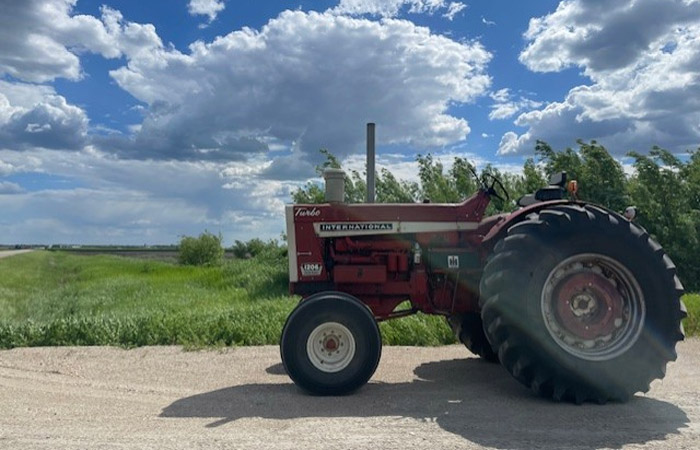Transitions are a normal part of life. We are always going through some kind of transition. There are many types of transitions; from childhood to teenager to adult, from winter to spring to summer to fall, from no children to children to no children, from one house to another, from one car to another, from reading one book to another. I want to focus on energy transitions. We have transitioned many times from early in our history when we used wood for our energy source to coal to oil to gas to nuclear to wind and solar, hydro and geothermal and even modern biomass. These energy sources can be classified as either old (fossil) energy or current energy. Old (fossil) energy releases long stored carbon into the air, current energy sources may recycle current carbon or not release carbon.
Energy transitions have a pattern and take a long time to complete. The old energy source peaks then plateaus for a number of years and then declines as the new energy source becomes price competitive, more convenient and more reliable.
As an example, the transition from draft horses to tractors took over 50 years. The first tractors were unreliable, expensive, did not replace themselves and needed cash to feed. Eventually as the tractors became more reliable, other benefits became obvious: they could run without getting tired and they did not need looking after during the off season.
We are about 20 years into the transition from fossil energy like coal, oil and gas and it will probably take at least another 30 years for the transition to new sources of energy to be achieved. The transition is slow because the new energy is not quite price competitive, not as convenient and in some cases not reliably available. Ourworldindata.org claims that of the total global energy consumption, 78% (2022) still comes from the three fossil sources: coal, oil and gas.
In all transitions there are five types of adopters: innovators, early adopters, early majority, late majority and laggards. The first group, the innovators make up only 2.5% of the population. They are the ones that stand in line for the new device no matter the cost or the untested nature of the device.
The next group is called the early adopters who make up 13.5% of the population. That is 15% of the population accounted for so far. You could say that we are in the early majority stage of the current transition because 22% of the change has already happened (see previous two paragraphs). Then there are the late majority, and finally the laggards are the people who refuse to change until they can’t buy the old technology anymore or it doesn’t work anymore.
If you are a businessperson, then you will pay attention to the stage of our current transition and jump in when the early majority and late majority (a full 68% of the population) are ready to make the change. That time is now.




